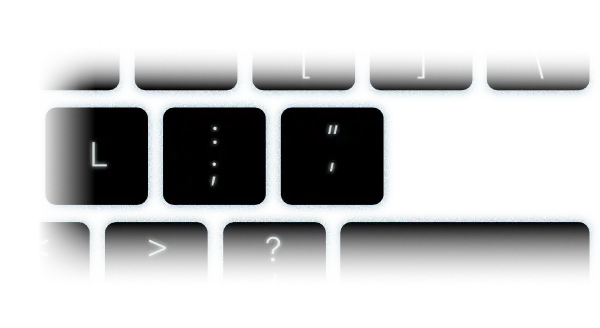Hi, I'm
Paul
Spitzner
I'm a
physicist
with passion
for tech,
clean code,
and visual things.


